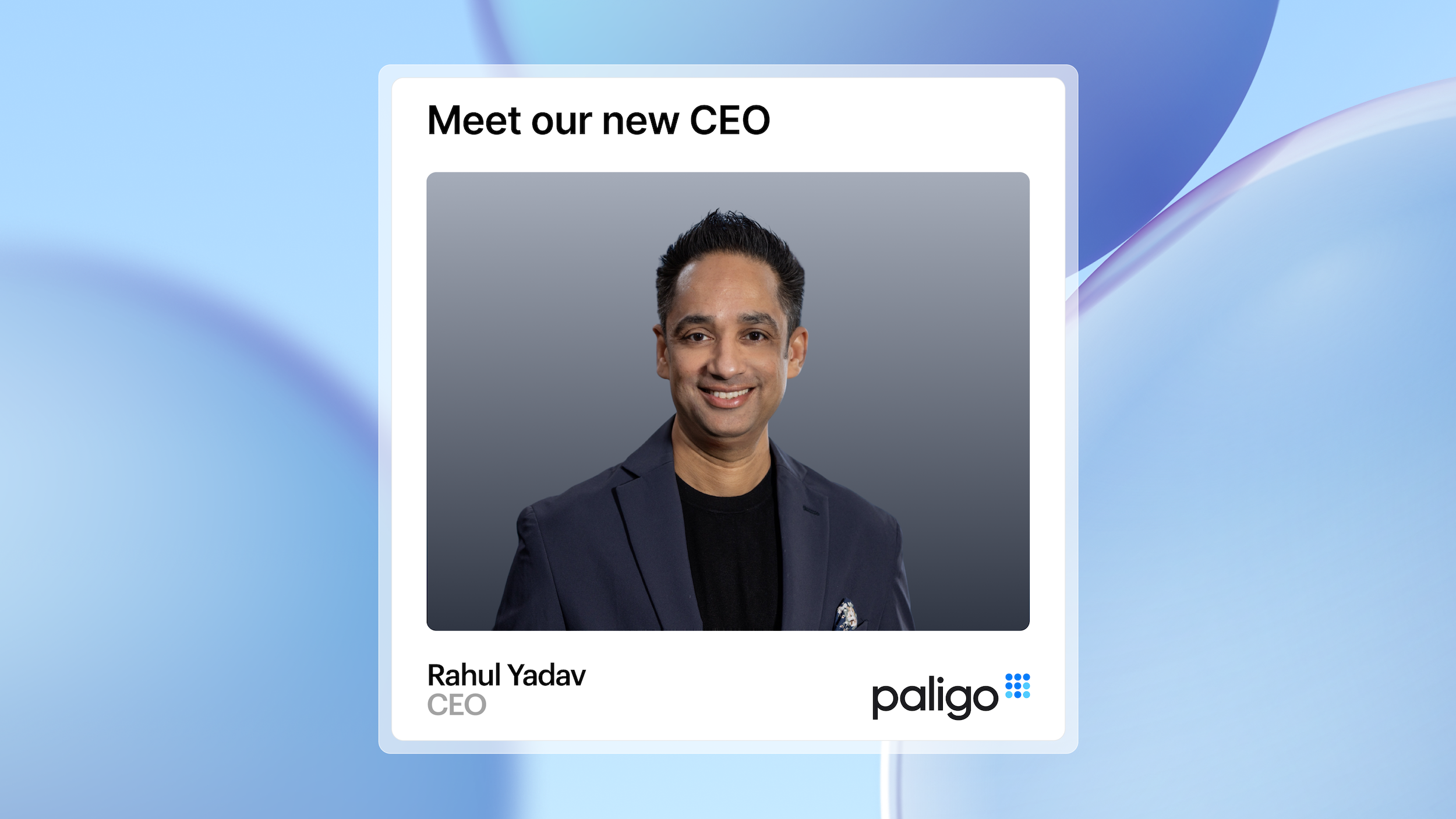
It has been a week since the Paligo team returned home from this year’s LavaCon Content Strategy Conference in Atlanta, Georgia. As always, the conference offered plenty of opportunities to hear speakers share best practices, discuss the direction of our industry, and connect with partners and colleagues. When they weren’t tasting the delicious catered food or standing in line to meet a llama, many of our customers, as well as other curious content professionals, stopped by our booth to ask about our CCMS platform.
At LavaCon this year, talk about artificial intelligence (AI) was everywhere. At one point between speakers, host Jack Molisani said that AI had already been mentioned over 400 times that day on the main stage alone. We came away from all this with a number of takeaways that have us excited about the possibilities AI will bring to enterprise content management, as well as the renewed conviction that our componentized, structured approach to content management has our customers well-positioned to reap the benefits of recent advancements in AI.
New roles for content authors
Our first takeaway from the conference was that the role of content authors must pivot in the age of AI. The very first talk of the conference was by Caroline Roth, Vice President of Content Experience at Salesforce. She talked about how her documentation team was able to “change the story” about their role as content creators and prove their value amid the recent explosion of new generative AI tools. Copyeditors pivoted to becoming “AI quality specialists.” New roles were invented for prompt and conversation design. Far from running from AI, this company allowed employees to dedicate time to experiment with AI tools and share their findings across teams. Their documentation team pre-emptively embraced AI-enhanced workflows and then went out of their way to publicize their gains in productivity. Bonnie Swanson from Proscia echoed the sentiment about the new role of writers with AI; technical writers are uniquely equipped for prompt engineering because of their wordsmithing skills.
Stefan Gentz from Adobe used the phrase “Content Orchestrator” to describe how he sees the changing role of content authors. Increasingly, content will be assembled on demand, based on the user’s context and needs. Content will be delivered as pages cobbled out of modular topics written in a structured authoring framework. The workflow he suggests is that AI will draft content, but humans will design intent and limits, enforcing style, terminology, and safety policies. AI will suggest improvements and humans will approve, based on performance along metrics such as time-to-answer. Writers, he says, will go from “writers-of-pages” to “designers-of-systems.” Jason Kaufman, CEO of Zaon Labs, echoed this need for humans to stay in the loop, saying that their job will become more about curating, governing, and assuring quality and accuracy. “Human-verified is the new gold standard,” Kaufman said.
AI is changing how organizations deliver knowledge and support. But AI can only succeed if the content behind it is trustworthy. Disconnected files and inconsistent language create risk. Structured content removes those barriers, making knowledge reliable, scalable, and ready for AI adoption.
For decision-makers, this isn’t just about improving documentation. It’s about turning content into a growth driver that supports faster releases, lower risk, and better customer experiences.
Authenticity is key
No matter how quickly content is delivered or how personalized it seems to be, readers will not trust it unless it is seen as authentic. Authoritative source content, complete with audit trails and manual approval processes, is key to building trust. Rob Hanna, CEO of Precision Content, spoke of the “trust quotient” of content, deriving from factors such as transparency, consistency, clarity, accuracy, and presentation. He quoted OpenAI as stating that one of the biggest issues in training machine learning models is error in data and labels. This points to the need for humans to feed their AI systems with the right kind of content. Sarah O’Keefe, CEO of Scriptorium, noted how AI will expose all of the shortcuts you may have taken with your content: that is, all of the unaddressed inaccuracies, duplication, obsolescence, inconsistencies, and overall lack of informative, semantic metadata. This point was further developed in a humorous bit by Jason Kaufman, feigning surprise that he was being called up to the main stage at that moment, as an AI chatbot trained on an out-of-date PDF copy of the LavaCon agenda had confidently but inaccurately informed him that his speaking slot was later in the day. “Trust is everything,” said Megan Gilhooly from OneTrust, summarizing this core takeaway of the conference.
The Paligo Customer Insights Report 2025
Discover the ROI our customers experience with the Paligo CCMS
CCMSs are critical for enterprise content management
Finally, a number of speakers spoke about the tangible benefits of adopting a component content management system (CCMS) for effectively managing content at scale. Dawn Stevens, President of Comtech Services, emphasized that CCMS acquisition is a journey, not a quick fix. While it’s never “easy,” the “rewards are magical,” including productivity gains, increased author confidence, and serious return-on-investment coming from single-sourcing and content reuse. Bernard Aschwanden, head of CCMS Kickstart, cited a bevy of research statistics about the transformative impact of CCMSs on the way enterprises manage their content. For example, the market research company Forrester says that 80% of respondents to a survey of theirs reported that adopting a CCMS reduced risks associated with workforce and regulatory compliance. Furthermore, 3 in 5 respondents expected an ROI increase after CCMS adoption. This is because CCMSs can standardize processes and make quality more reliable. They can also, as noted by consultant Noz Urbina, readily connect with knowledge graphs to power retrieval-augmented generation-style AI chatbots and enable omnichannel delivery of content.
Our time at LavaCon confirmed what we at Paligo already know to be the best approach for technical authors who need to meet the challenges of today and the AI-powered demands of the near-future: to create structured, modular, semantically-rich content and manage it in an enterprise-ready platform with robust collaboration tools and delivery capabilities. We’re already looking forward to the insights and opportunities of next year’s conference!
Share
Author
Josh Anderson
Josh Anderson is an Information Architect at Paligo, where he analyzes and creates systems that will deliver the right content to the right audiences via the right channels at the right times.




